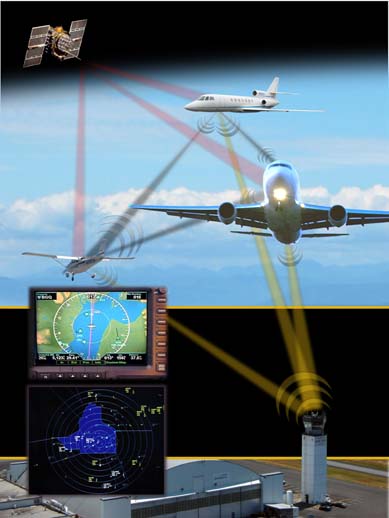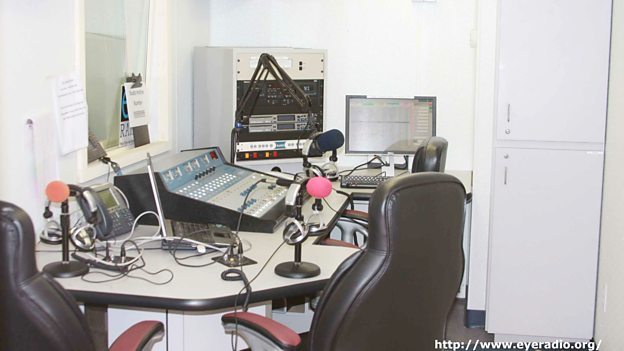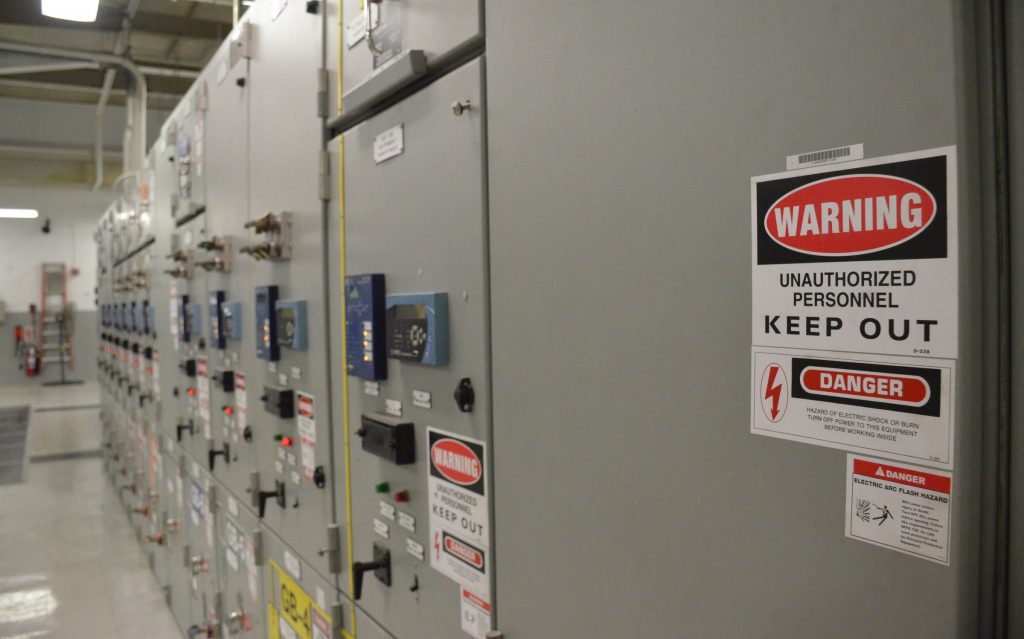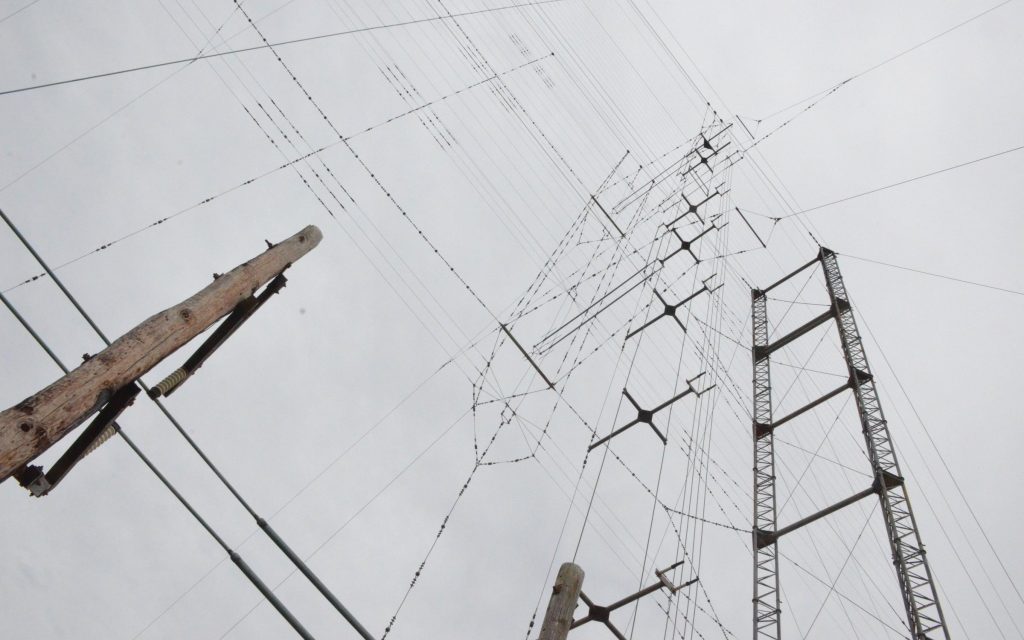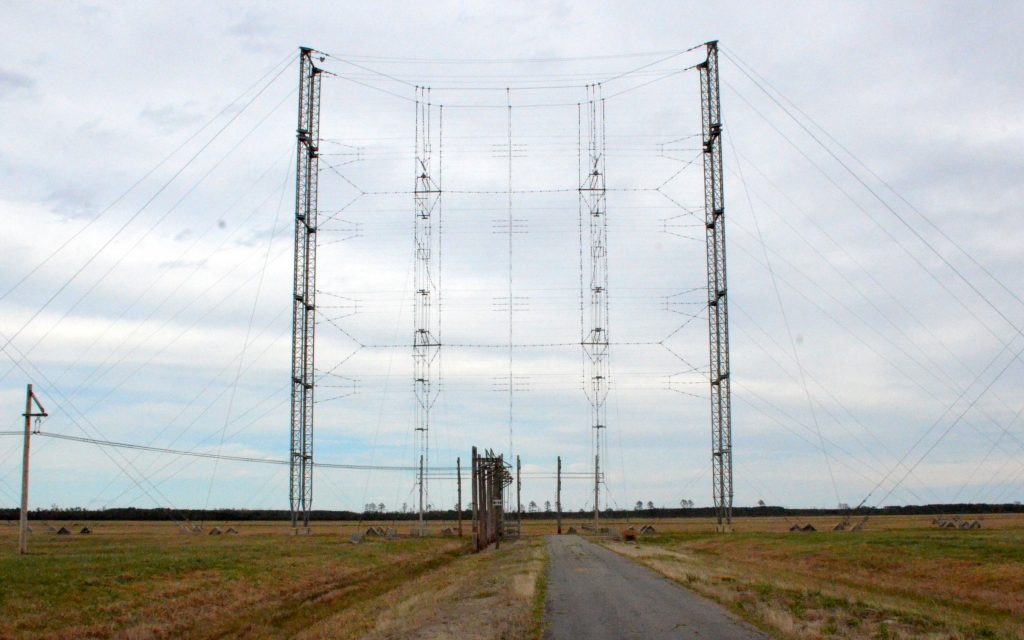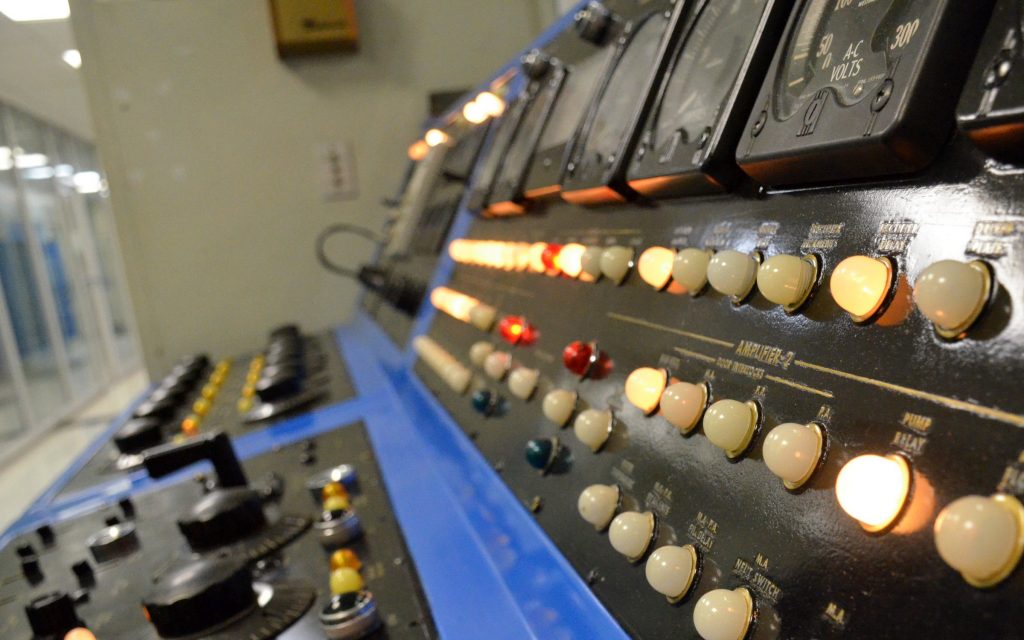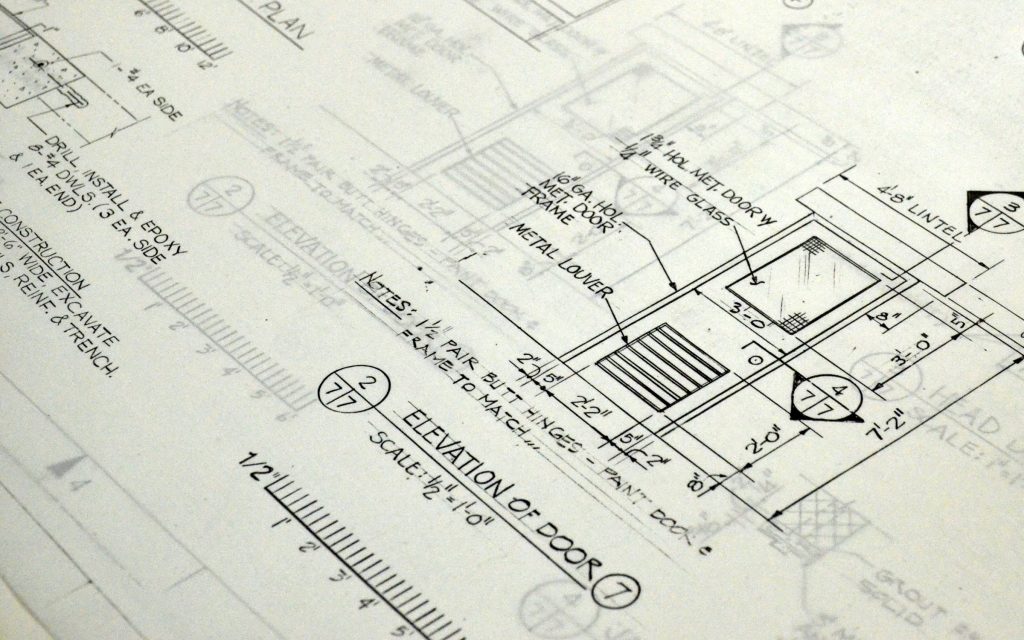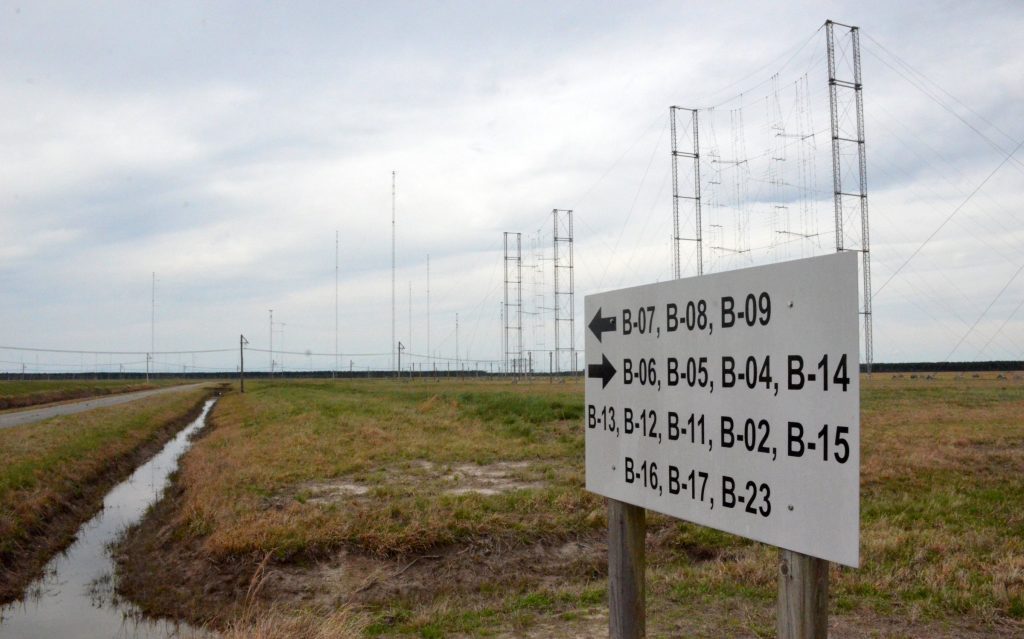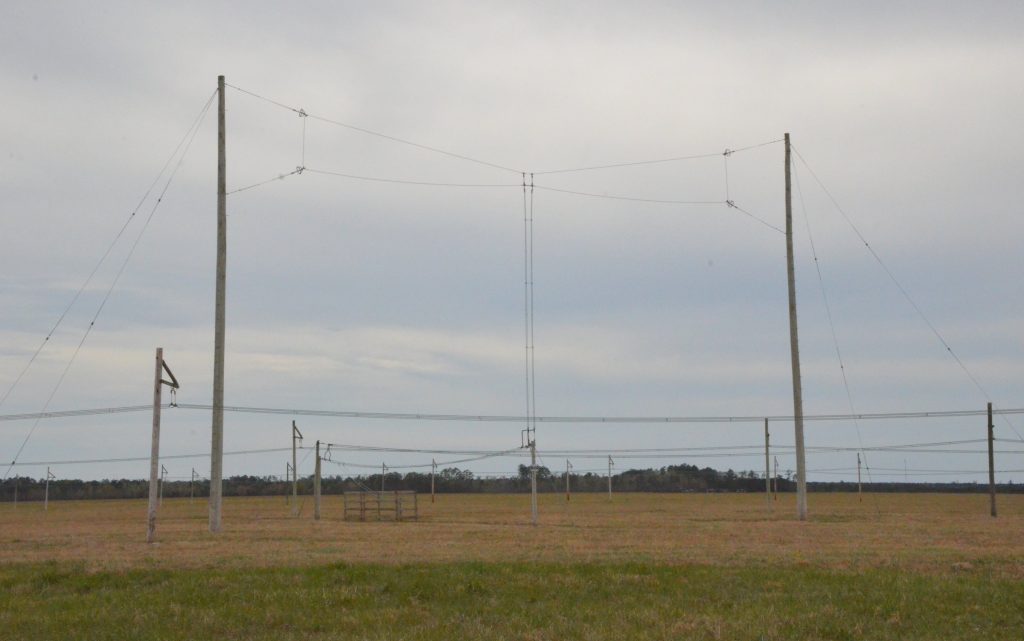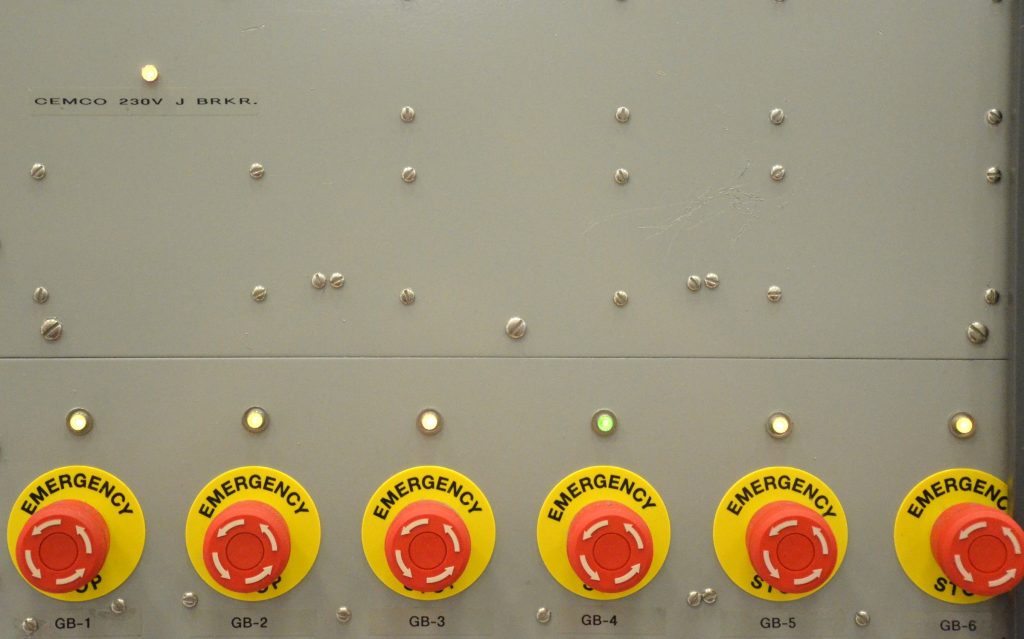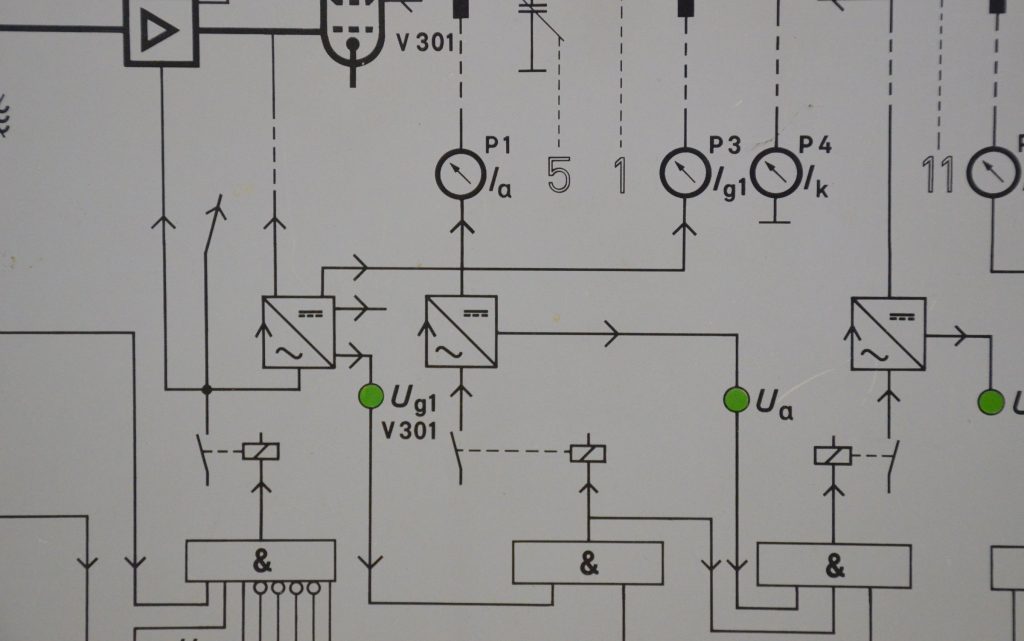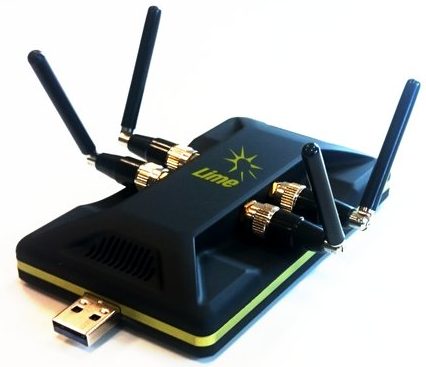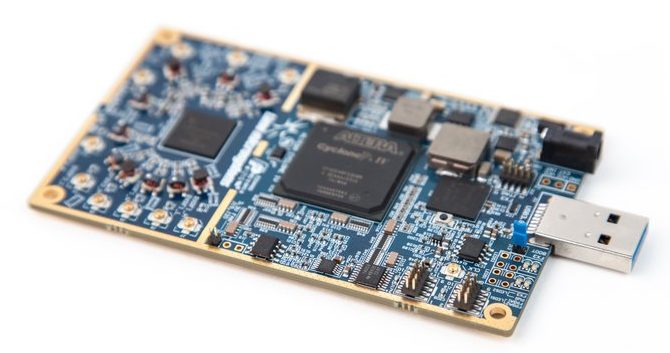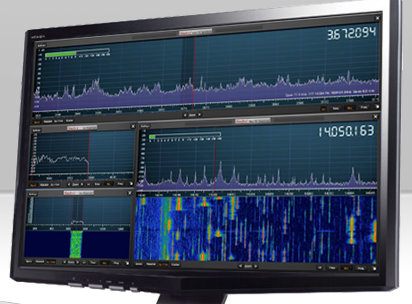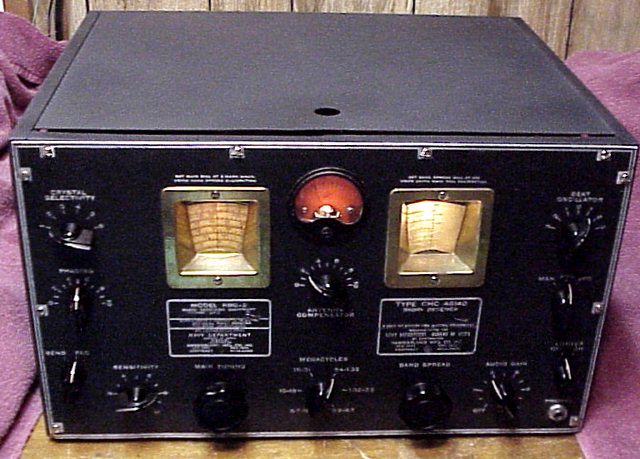
The Hammarlund RBG CHC-46140 (Photo by Rich Post, KB8TAD)
Yesterday, in a comment thread, SWLing Post reader Dan described a covert antenna he once installed in a student apartment:
I’m waxing nostalgic now, but I had a great set-up for a couple of years back in the ’70s. The receiver was a black WW2 Navy surplus Hammarlund RBG CHC-46140. (I still have it).
I was a student living in an apartment on top of a two story, wood-framed apartment building. The attic access for that building was from the ceiling of the wardrobe closet.
During a Christmas break I was probably the only occupant of the building. I snuck into the attic and installed a set of five switchable dipoles. I had a good 60′ of space to work with and the antennas were broadside to the southwest. This was quite a memorable listening post.
When I moved out, I cut the coax to the dipoles and used toothpaste and borrowed pieces of “cottage cheese” to fill the five holes in the ceiling. Those antennas are probably still there.
Indeed, I bet they are still there, Dan!
In reply to Dan’s comment, Walt Salmaniw, noted:
Dan, reminds me when I was stationed in Germany in the early 80’s.
We lived in old French officer’s quarters. Basically, 4 story buildings with the upper floor/attic uninhabited.
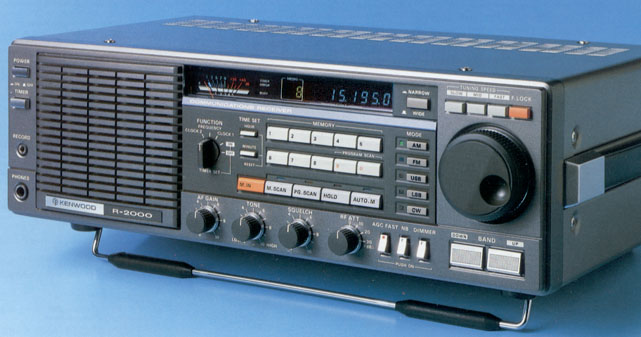
The Kenwood R-2000 (Photo: Universal Radio)
I put up some nice 60 m dipoles in that space, with a goal of hearing a lot of tropical band DX, which I did using my Kenwood R2000 receiver.
Those were the glory days of dxing!
Thanks, Dan and Walter, for sharing those stories. The thread reminds me of a post we published sometime back where one young listener installed a wire antenna in his home while his parents were away. (I can’t seem to locate that post at the moment for a link!).
Though not nearly as elaborate as Dan and Walter’s antennas, I did install a small covert antenna once myself.
In the early 90s, I lived in Grenoble, France, in a four bedroom house in which three bedrooms were occupied by university students. The landlord was a rather fussy elderly woman who lived on the ground floor. I never dared ask her if I could string a random wire outside my top floor bedroom window. Though she was mostly fair and even sweet at times, I knew what the response would be if I asked for permission: a firm “Non.”
One night, I opened the bedroom window and carefully connected a short wire antenna to a nail on the side of the house, above and slightly to the side of the window. I had to stand on the window and hang out of the house to do it.
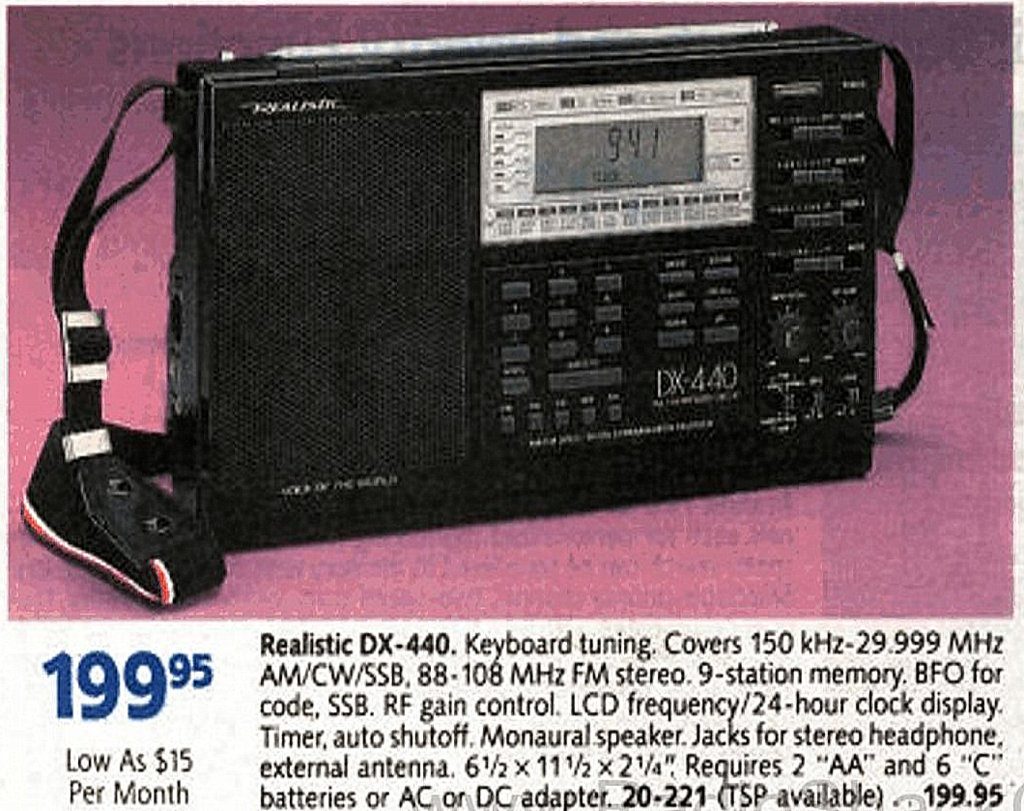
The Realistic DX-440
The antenna dangled there the whole year I lived in that room and served me quite well. I’d simply open the window and clip it to my Realistic DX-440. I did remove the antenna before before I moved back to the States, but it was virtually undetectable against the exterior wall of the house.
Other covert antenna installations?
Please comment if you’ve ever installed a hidden antenna as well. (I love this stuff!) Besides…who knows…your antenna might benefit someone in need of a hidden antenna today!

